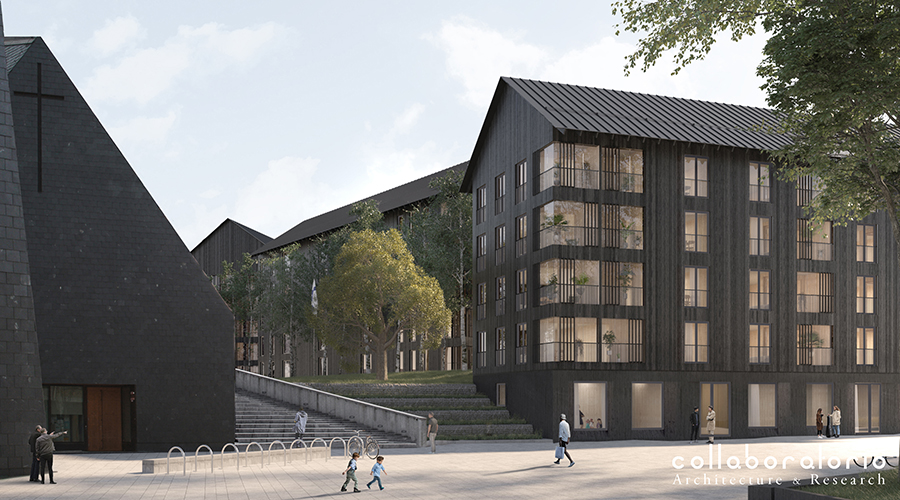The wooden apartment building quarter in Kuokkala is being developed by the Yrjö and Hanna Foundation, and it aims to be a pioneering project both in terms of its environmental consciousness and communality. The quarter is entitled Kalon, and it won the Asuntoreformi architecture competition in 2018. The name Kalon stems from ancient Greek philosophy and means moral beauty, beauty that is more than skin deep.
The quarter will consist of five wooden apartment buildings, which will have 166 apartments in total.
“Kalon completes the neighbourhood. The architecture and materials of the buildings tie them seamlessly to the surrounding buildings, the Kuokkala wooden church and the pioneering Puukuokka wooden apartment buildings”, says Ilkka Murto, director of real estate management at the Yrjö and Hanna Foundation.
The Kalon buildings are constructed from prefabricated wooden elements, meaning that 70–80% of the buildings are made at the factory before they are transported to the building site.
The buildings are heated with geothermal heat, and they have solar panels on the roof to generate electricity. The residents will be able to monitor their energy consumption in real time.
“The Yrjö and Hanna Foundation has decided to use geothermal heat as the primary source of energy in its buildings whenever possible. Finding places for the geothermal wells in the relatively small courtyard of the Kalon quarter was a bit of a challenge, but geothermal heat is a worthwhile investment that will pay itself back”, says Murto.
Intentional bottlenecks
The Kalon quarter consists of five wooden apartment buildings that have 166 apartments in total. Four of the five buildings have been financed with MuniFin’s green finance. Construction commenced in autumn 2022 and is expected to be completed in a couple of years. One of the buildings will have right-of-occupancy housing, two will be dedicated to communal senior housing and one will be designed for people with memory disorders. The fifth building will have non-subsidised housing offered at a market price.
“We’ve studied memory-friendly housing solutions together with the Housing Finance and Development Centre of Finland ARA and Aalto University. People with mild memory disorders can live safely in their own home for longer if the building is designed with this purpose in mind. Their life can be made easier by things like the smart use of colours”, Murto explains.
Communality has played a key role in Kalon’s design. Kalon will have common facilities, carsharing and possibly also a library of things.
“The solutions employed in the quarter foster communality. Before, we included a small common room in every building, but these are not used a whole lot. By putting the common facilities of all five buildings in one building instead, we were able to create larger and more functional common facilities for everyone.”
In Kalon, the common facilities include a kitchen, a sauna and a laundry. To increase communality, special attention has been paid to how people move from one place to another within the quarter. For example, residents walk past the common facilities on their way to the bus stop, and mail is not delivered to the apartments, but instead to letter boxes located in the common facilities.
“The common room is placed in the most interesting spot, both in terms of foot traffic and functionality. We are intentionally trying to create a bit of a bottleneck to spark spontaneous meetings”, says Murto.
Communality is further increased by Kalon’s community coordinator. Activities and community services will be developed in accordance with the residents’ needs.
“Time will tell what kinds of joint activities and joint use are created and which of them will become a permanent fixture.”
Good design makes life easier for everyone
The Yrjö and Hanna Foundation works hard to improve housing. The Kalon apartments are flexible and can be adapted to various situations in life. Solutions common in senior housing, such as zero thresholds and storage space for assistive equipment, have also been introduced to family apartments. One thing the Yrjö and Hanna Foundation will not compromise is accessibility.
“One of our buildings was designed for people who need a wheelchair. It was so successful that after a while, half of the fourteen residents were able to move about in their home without a wheelchair. Highly functional solutions are not necessarily expensive if they are well-planned and included in the designs early on. Many solutions designed for senior citizens also make life easier for families with children”, Murto points out.
The Kalon buildings, like all other buildings built by the Yrjö and Hanna Foundation, will have larger-than-usual elevators. They not only make life easier for senior citizens, but also for people with a baby pram. The importance of good design and communication is particularly pronounced in development projects and experimental projects.
“To make timber construction cost-effective, it’s vital to choose the main contractor at an early stage. This allows us to design the solutions together, which means fewer surprises during construction and helps keep the costs in check”, Murto explains.
The Kalon buildings feature large balconies and functional common facilities.
“We want to challenge existing practices in the field. But when building affordable housing, every choice must be weighed carefully to keep the rents from going up. We’ve had to make some compromises in this project, too”, Murto concedes.
The Yrjö and Hanna Foundation has worked closely not just with the architects and the contractor, but also with the City of Jyväskylä and the Kuokkala parish. The ground floor of the right-of-occupancy building will have facilities in which the parish will offer daytime activities for children. Joint activities are also in the plans, to be specified after the buildings are completed.
“This is a really nice project. Collaboration with all parties has been extremely fluent”, Murto commends.
Finance for Finland’s green transition

MuniFin has offered its customers green finance for sustainable investments since 2016. Funding for green projects is sourced by issuing green bonds. For investors, MuniFin’s green bonds offer a way to finance positive impacts through carefully selected projects in e.g. buildings, transportation and renewable energy categories.
Text: Hannele Borra
Picture: Collaboratorio Oy




